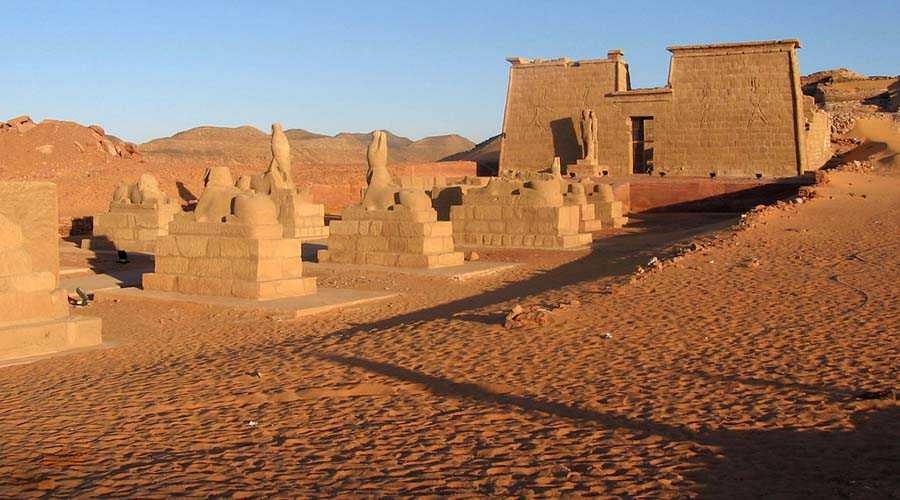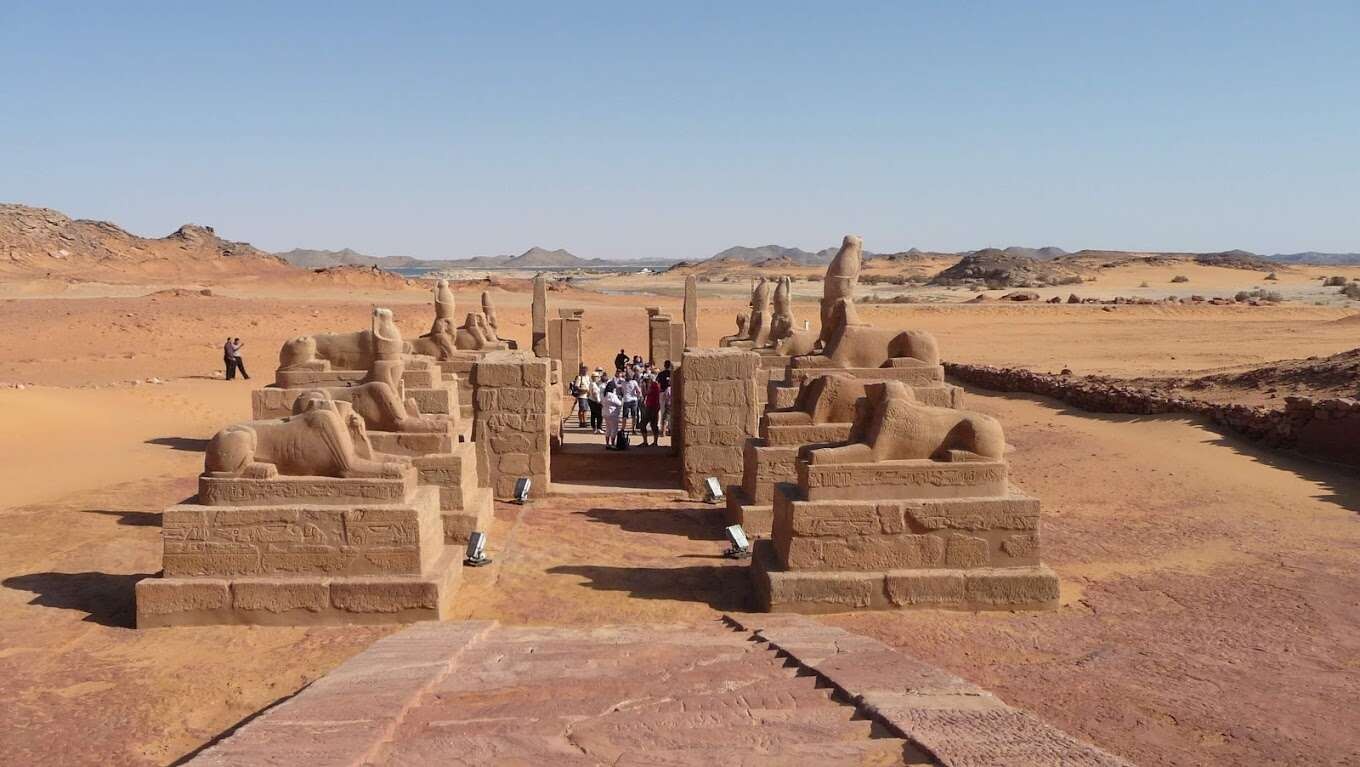Wadi es-Sebua
Wadi es-Sebua is a wonderful historic location that is well worth investigating. Egypt is a country with a rich and captivating past. On the border between Sudan and Egypt, in the Nubian Desert, sits this magnificent structure. The temple complex was built in Egypt between the 18th through 20th dynasties' reigns, during the New Kingdom period. It operated as a major trading and religious centre as well as a rest point for travellers.
Wadi es-Sebua, which translates as "Valley of the Lions," got its name from the pair of lion statues that guard the entrance to the temple complex. Ramses II and Merenptah, two pharaohs, built the temple, which was devoted to the worship of the god Amun. A palace and a smaller temple dedicated to the goddess Hathor are among the other significant structures at the location.

The avenue of sphinxes that leads to the shrine in Wadi es-Sebua is famous. These granite statues, which have a lion's body and a ram's head, were crafted to breathtaking standards. Formerly, the sphinxes stood on either side of the avenue, forming a regal pathway to the massive temple complex.
The temple is a large building with imposing columns and walls covered in elaborate carvings and hieroglyphs. The Amun shrine was located in the innermost room of the main temple, which has a number of chambers. Many rituals and celebrations would have taken place in the expansive courtyard of the temple.

Together with the temple, the location is home to a palace that Ramses II and his family visited in Wadi es-Sebua. The palace has a number of courtyards and apartments, including a throne room and private chambers, and is surrounded by a sizable enclosure wall.
Wadi es-location Sebua's in the desert, amidst desolate environment, sets it unique from other ancient ruins. Despite this, the ancient Egyptians established a thriving community there because of the gardens and water systems that turned the arid terrain into a verdant oasis.
In conclusion, Wadi es-Sebua is a breath-taking location that is rich in historical and cultural significance and is just waiting to be found by individuals who value the magnificence of ancient building and the wonders of human creativity.